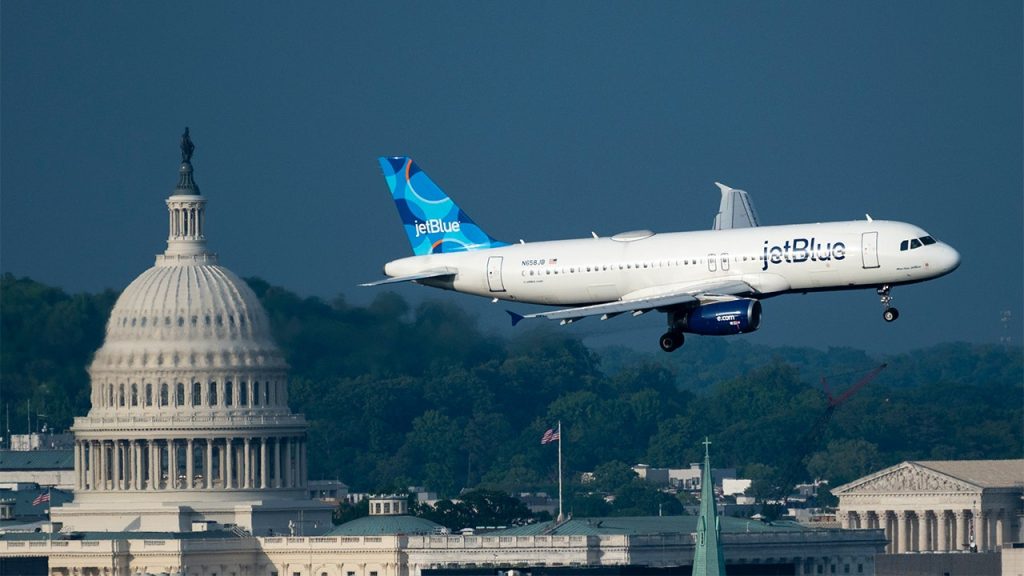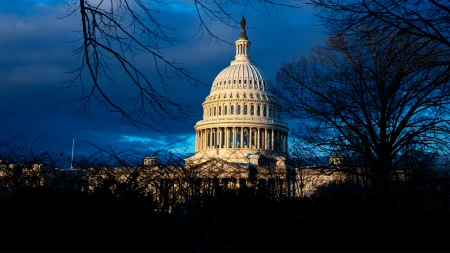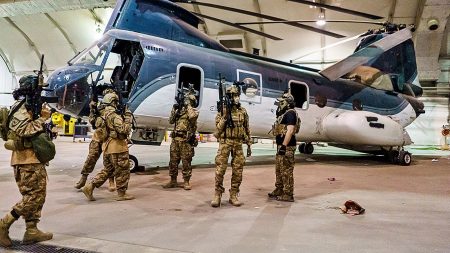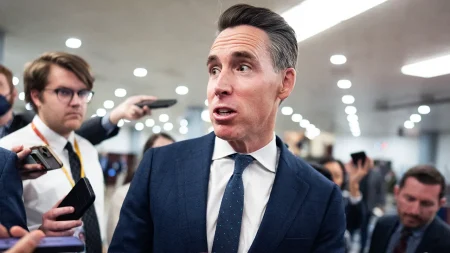Ronald Reagan Washington National Airport (DCA), a critical transportation hub for the nation’s capital, has long been a source of concern for many, including members of Congress, due to its inherent operational complexities and perceived safety risks. The airport’s location, nestled along the Potomac River and in close proximity to sensitive government buildings like the Pentagon, White House, and Capitol, presents unique challenges for pilots navigating the congested airspace. These concerns were tragically highlighted by the 1994 mid-air collision between an American Eagle flight and a military helicopter, resulting in significant loss of life and reigniting debates about the airport’s safety.
The confluence of several factors contributes to DCA’s challenging operating environment. Its uniquely constrained airspace requires pilots to maneuver within narrow corridors, avoiding restricted areas while managing the high volume of air traffic. The airport’s runways, notably shorter than those at most commercial airports, further complicate landings and takeoffs. This constrained infrastructure, coupled with the airport’s significantly higher passenger volume than its original design capacity, creates a constant pressure on air traffic control and elevates the risk of incidents. Two near-misses involving aircraft crossing runways in recent years underscore these concerns.
The debate surrounding DCA’s existence has persisted for decades, intensifying after the 9/11 terrorist attacks. The airport’s proximity to critical government buildings raised fears of its potential use as a weapon, prompting serious discussions about its permanent closure. Proponents of closure argued that the risk to national security was too great, while supporters emphasized the airport’s vital role in facilitating government operations and the practical difficulties of relocating such a crucial transportation hub. The airport remained closed for several weeks after 9/11, reopening with enhanced security measures, some of which were later relaxed.
While national security concerns have played a significant role in the debate, the convenience DCA offers members of Congress has been a powerful factor in its continued operation. The airport’s close proximity to Capitol Hill allows lawmakers to efficiently travel between Washington, D.C., and their home districts, accommodating their demanding schedules. This convenience is deeply ingrained in Congressional culture, with terms like “fly-in” and “getaway” days reflecting the importance of air travel in legislative operations. The strong advocacy for DCA by members of Congress, who benefit directly from its location, has significantly influenced decisions regarding its future.
The tension between safety concerns and the practical needs of government operations is evident in the ongoing debates surrounding DCA’s expansion. Recent legislation authorizing additional flight slots, despite opposition from local senators concerned about increased congestion, illustrates the complex balancing act between accommodating growing demand and mitigating risks. The increase in flight slots at DCA over the past two decades reflects the ongoing pressure to maximize the airport’s capacity, even as concerns about safety and airspace congestion persist. This expansion underscores the enduring value placed on the airport’s strategic location, despite the inherent challenges it presents.
The future of Reagan National Airport remains intertwined with the needs of the nation’s capital. Its strategic location, offering unparalleled access to the centers of power, makes it an indispensable resource for government officials, lobbyists, and businesses. While safety concerns and operational challenges will continue to be debated, the airport’s unique position and the powerful interests invested in its continued operation suggest that it will likely remain a vital, albeit complex, part of the Washington, D.C., landscape. Balancing the demands of convenience, efficiency, and security will remain an ongoing challenge for policymakers and aviation officials tasked with ensuring the safe and efficient operation of this critical transportation hub.















